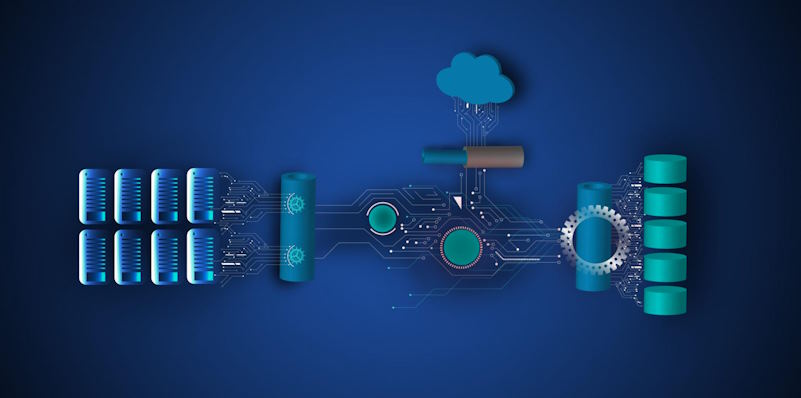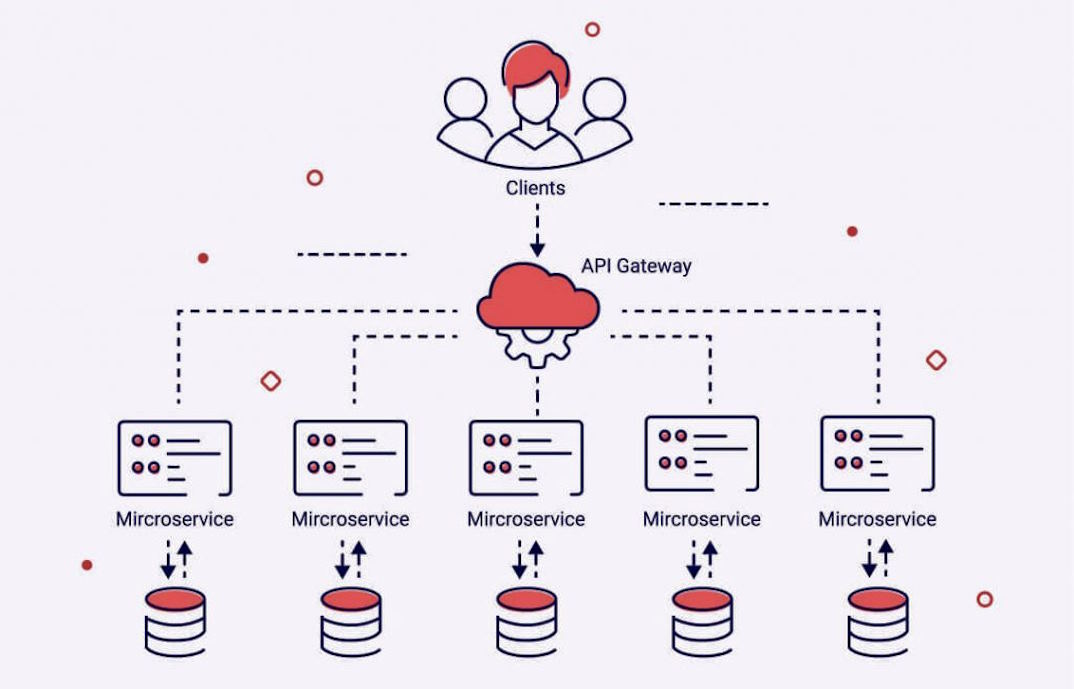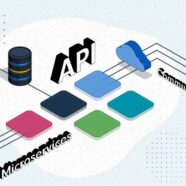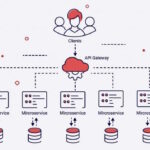Exploring Microservices: Benefits and Best Practices in Software Architecture
In software development, the microservices architecture has emerged as a powerful paradigm, reshaping how applications are built and deployed. This approach breaks down large, monolithic applications into independent services, each running in its process and communicating with lightweight mechanisms, often an HTTP resource API. This article delves into the benefits of microservices enhance software development and outlines best practices for their implementation in software architecture.
Benefits of Microservices
Improved Scalability
The ability to grow each microservice individually makes it possible to use resources more effectively. Businesses that need various resources for different portions of their application can grow the services that require more resources while keeping others basic, which is very beneficial.
Enhanced Flexibility and Agility
Because that is separate and tiny, teams may update or add new functionality to specific services without affecting the program as a whole. It facilitates a faster and more agile development process, enabling teams to respond quickly to market changes or customer needs.

Easier Maintenance and Debugging
Microservices’ modular nature simplifies understanding, updating, and maintaining codebases. When an issue arises in one service, it can be addressed without affecting others, making debugging and maintenance more manageable.
Best Practices in Microservices Architecture
Define Clear Service Boundaries
It is necessary to specify the roles and limitations of any microservice. Services should be loosely coupled and highly cohesive, focusing on a single piece of functionality or a closely related set of tasks.
Embrace Automation
Automate as much as possible, especially in deployments, testing, and monitoring. Continuous integration and continuous deployment (CI/CD) pipelines are essential for maintaining the agility and speed that microservices promise.

Prioritise Security
With many services communicating over networks, security concerns and solutions in microservices architecture become paramount. Implement authentication and authorization mechanisms, encrypt sensitive data, and regularly update security protocols.
Focus on Monitoring and Logging
Across all microservices, efficient monitoring and logging are essential to knowing the state of the system. Use centralized logging and monitoring tools to track performance issues and respond promptly.
Design for Failure
Design your microservices with the assumption that they will fail at some point. To manage failures graciously, put techniques like circuit breakers, retries, and fallbacks into practice. These are the best practices for microservices interactions.
There are several advantages to using a microservices architecture, such as increased resilience, scalability, and agility. However, realizing these benefits requires adherence to best practices such as defining clear service boundaries, ensuring effective communication, and focusing on automation, security, and robust monitoring.






























